Devising a cloud strategy

Few business leaders can underestimate the importance of cloud computing to operational efficiency in the 21st century. However, when asked about their cloud strategy, most organisations will come up short. This is in large part because they view the cloud as a means to an end; and while that is true, you still need a game plan to get the most out of the technology.
Unfortunately, the transition to cloud computing isn’t always a linear one, and many enterprises have adopted the technology in a piecemeal manner in the past. However, cloud computing can no longer be thought of as a mere ‘add-on’ that helps companies expand their data storage capacity. It is now the facilitator of change, growth and progress, whose implementation can spell the difference between success and failure.
Build a roadmap
You wouldn’t set out on a road trip without a clear destination and path, so why should a major business decision be any different?
There are a few key tenets that leaders should establish before embarking upon the cloud journey. Perhaps the most important of these is the reason behind the process. Whether you want to mitigate cyber risk or ease collaboration, having a clearly defined purpose will serve as the bedrock upon which you can plan and implement a switch to the cloud.
However, that’s not all your enterprise needs for a smooth transition. You must also consult internal and external sources to determine what the future of your industry or market looks like, and ensure that your goals and strategy align with it. Combining this with a careful analysis of your organisational capabilities, limitations, budget and overall strategy, and you will already have a leg up over your competitors.
Understand your options and priorities
Even businesses that do formulate a strategy sometimes suffer because they haven’t evaluated all the options at their disposal. Too many assume that cloud implementation equals building the necessary infrastructure, which can lead to a much higher cost than they would have incurred opting for a public, hybrid or virtual private cloud.
However, that may not be a problem, if cost-cutting isn’t the driving force behind the transition. This is why, it’s important to prioritise your goals, and ensure that your choices align with them. And once you have decided between the available offerings, arriving upon the ideal allocation for your business’ physical and virtual presence will help maximise the return on investment.
Out with the Old?
It’s not unheard of for ventures making the transition to the cloud to dismiss the bulk of their legacy hardware and software as being redundant. While that may be true for a few assets, it’s always advisable to assess previous investments for feasibility.
For instance, a number of legacy enterprise systems and hardware can be retrofitted to form a part of the connected new ecosystem. If this is the case for your business, you can save on the cost of acquiring and building these elements, without having to sacrifice on the perks they offer. In some circumstances, this ‘refurbishing’ may also give you an edge over your competitors, making for a win-win situation.
Communication is key
All the above steps are critical to an organisation’s success. However, they can only be truly impactful if all employees are on board with the change. Senior management within an organisation must take it upon themselves to communicate the strategy to key internal stakeholders, in order to prevent resistance and disruption.
However, that’s far from the only benefit of involving employees at an early stage. Staff members who are familiar with different areas of the company’s operations are also more likely to identify any red flags, saving you precious time, effort and money.
Deployment is just the beginning
It might be tempting to believe that migrating to the cloud marks the end of the journey. However, as with any successful change, this process must be followed by timely evaluations and remedial measures, if required. These are especially crucial when there are any major changes in your business, leadership, strategy, company culture, industry or overall economic landscape. With regular checks, you will be able to determine whether cloud adoption is delivering the desired results, and make the most out of your investment.
While the needs and resources of every organisation differ, factoring in these simple variables can provide an effective framework that you can use to formulate your cloud strategy.



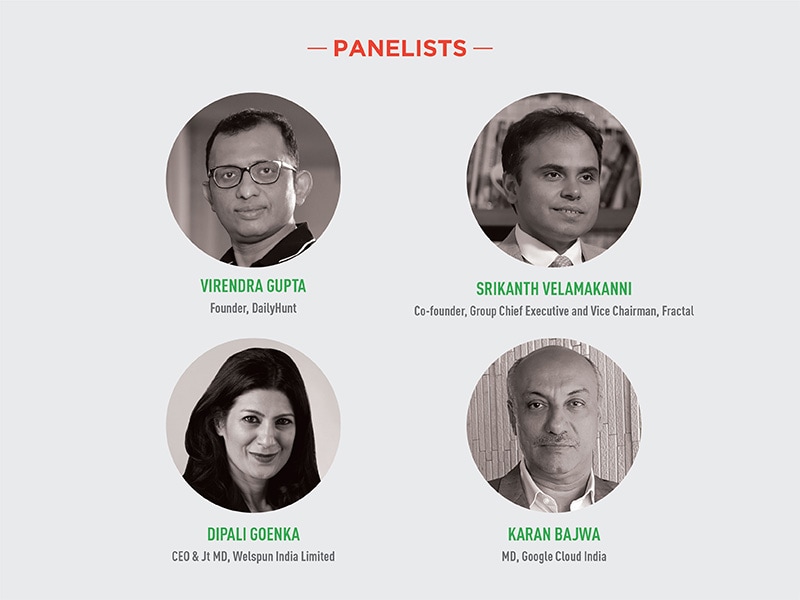
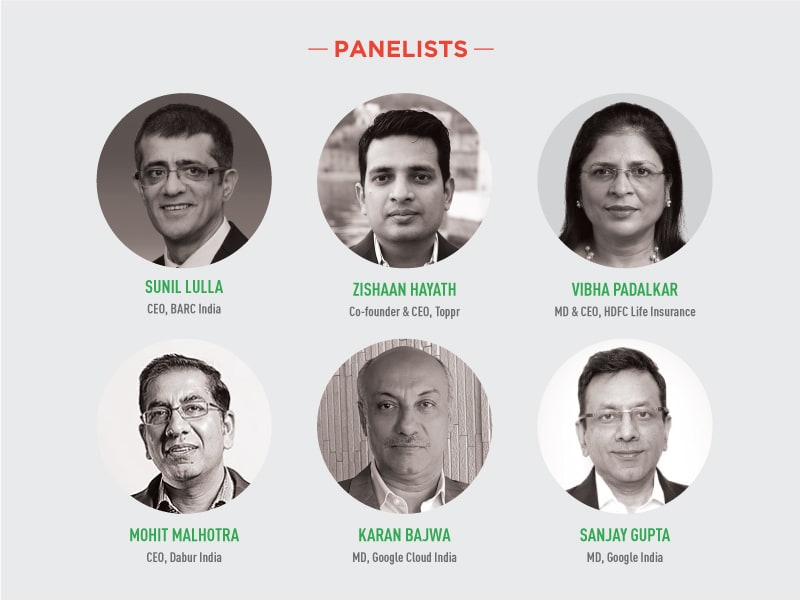
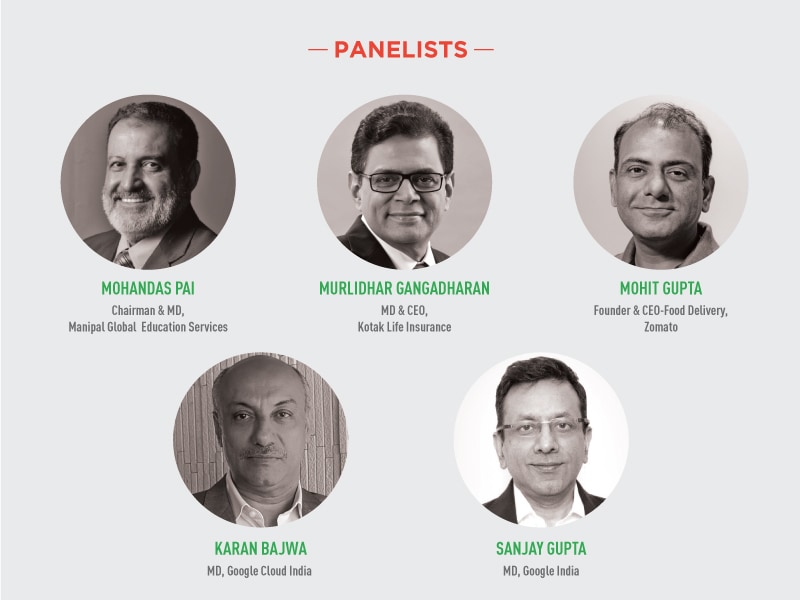
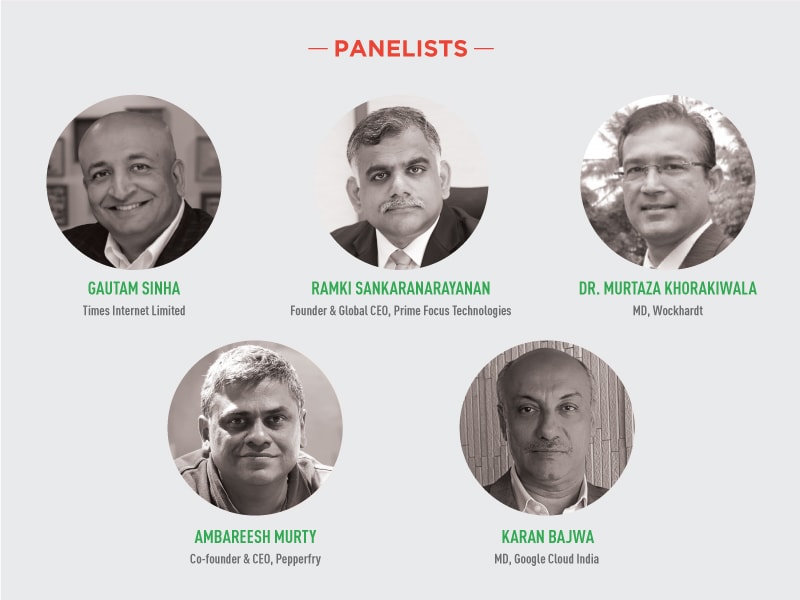
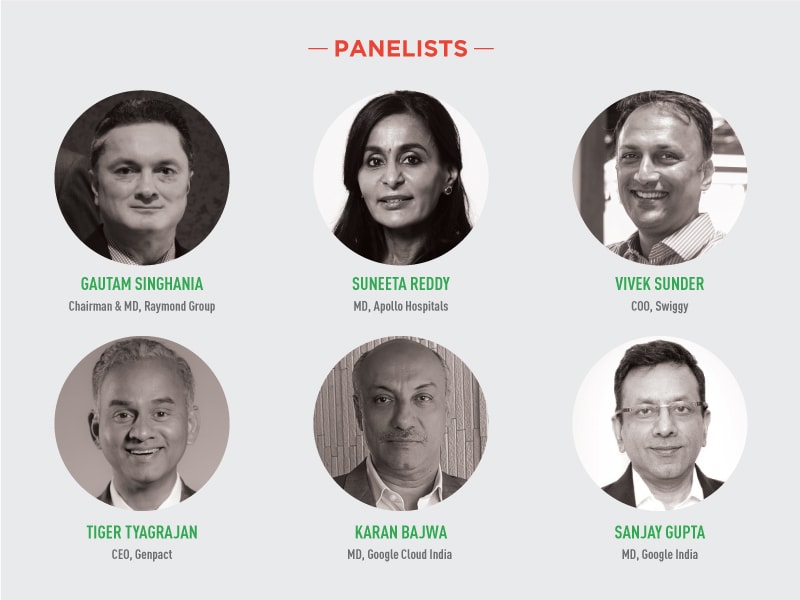

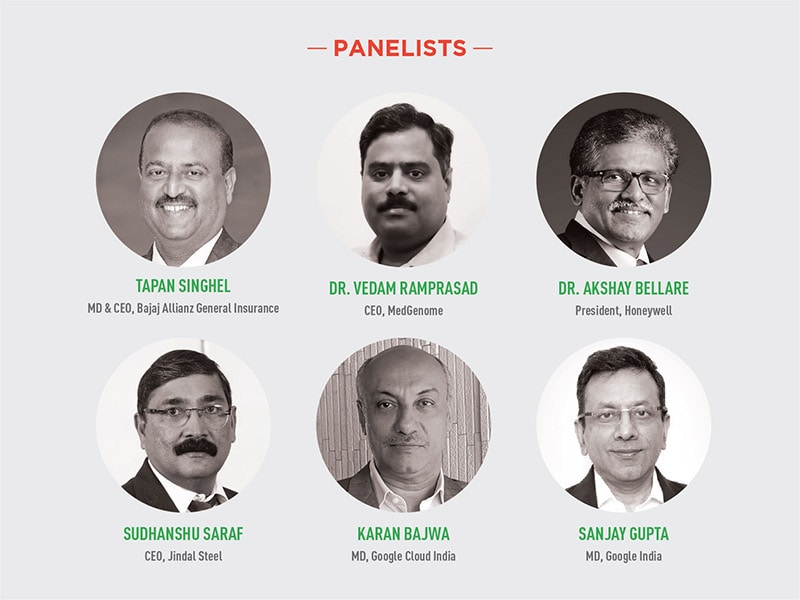
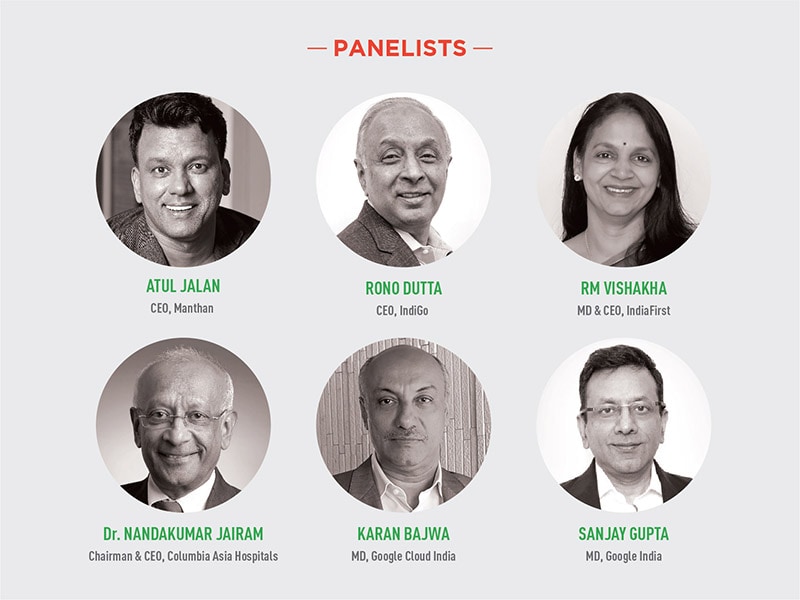
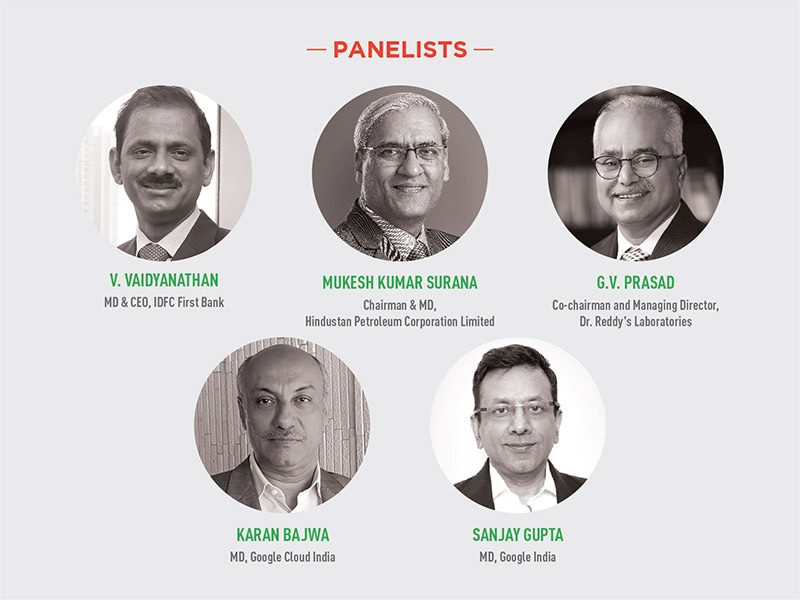

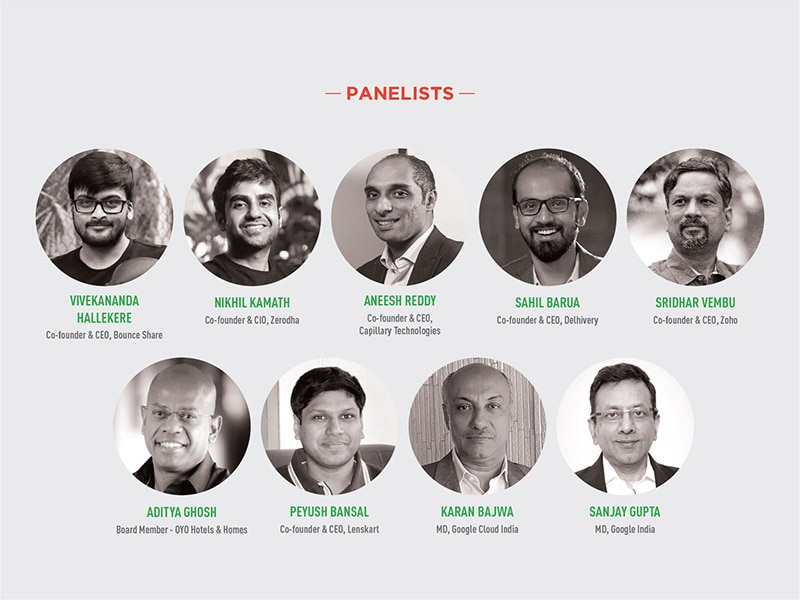

.jpg)











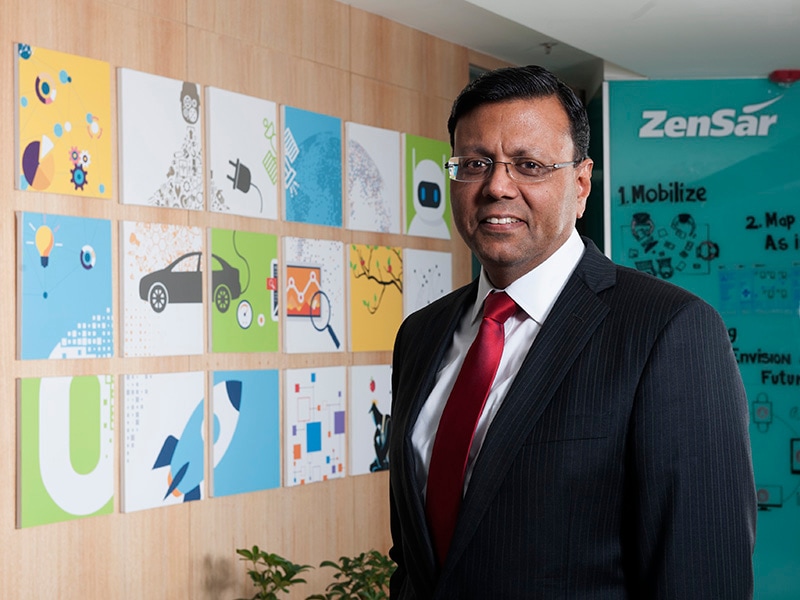
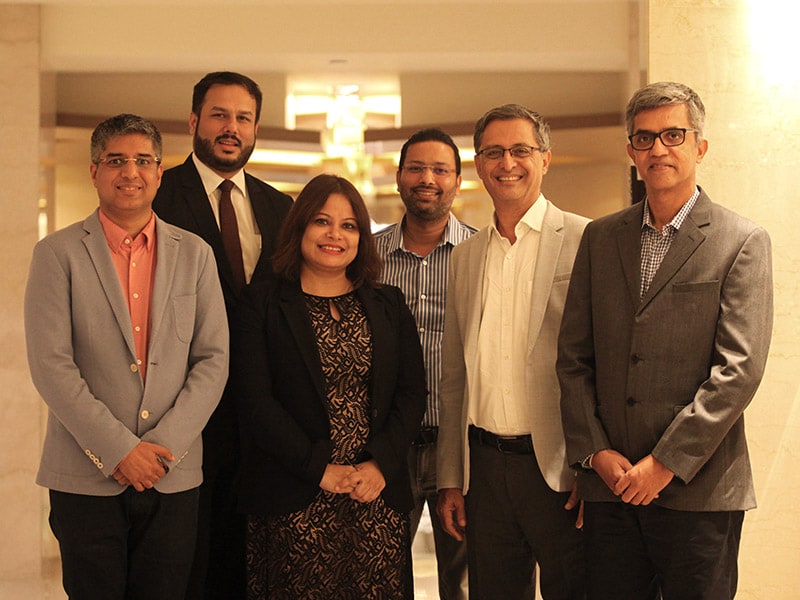
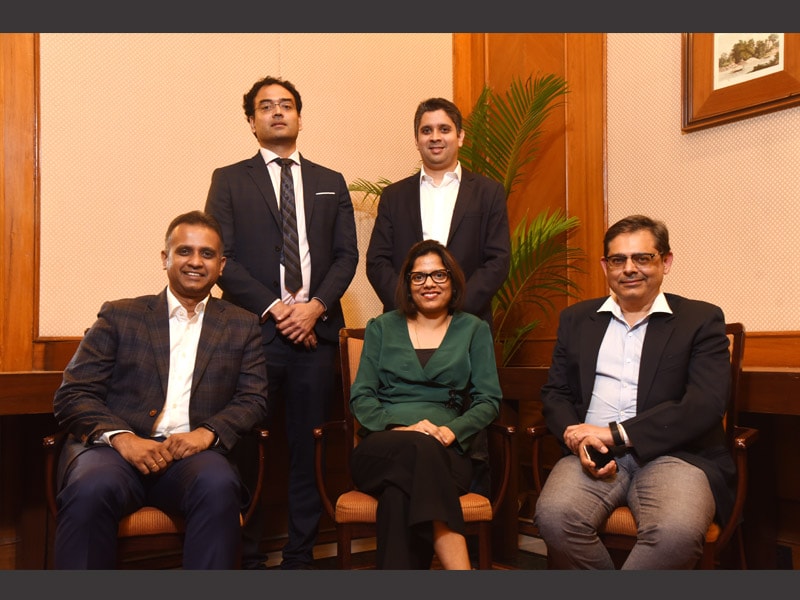




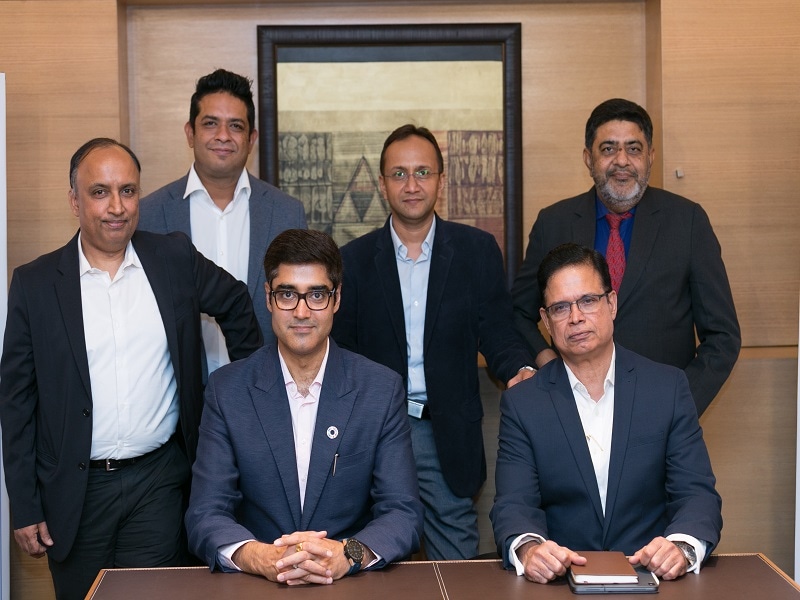



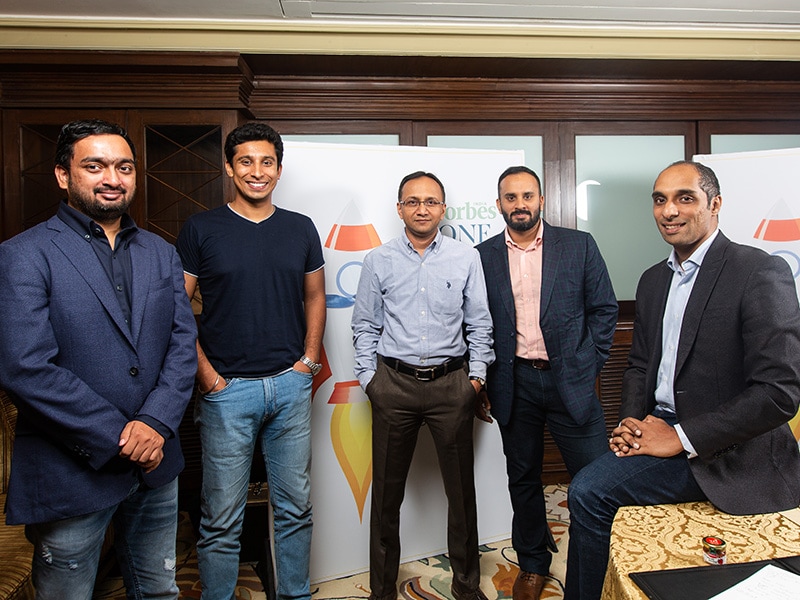

.jpg)





